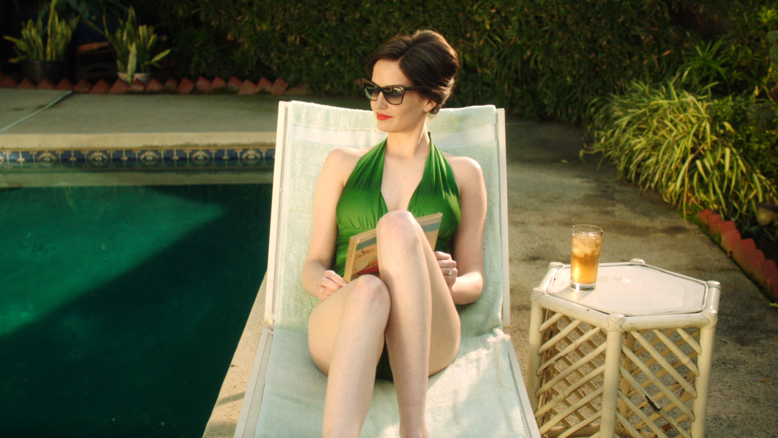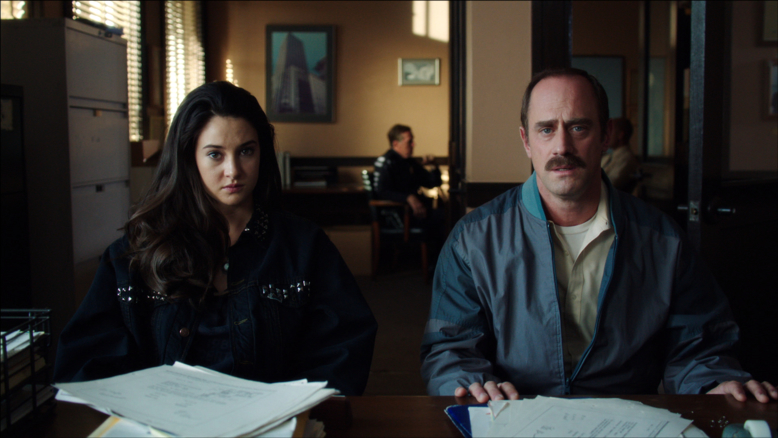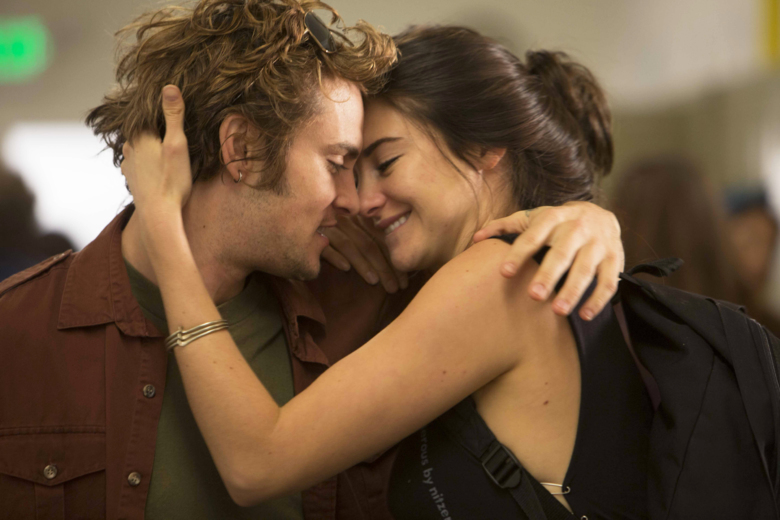Describing two of his past films as, “A kinda cross between avant-garde experimental cinema and a queer John Hughes flick,” and “A Beverly Hills, 90210 episode on acid,” director Gregg Araki has served as something of a youth oracle in the span of his 27-year career. From movies like The Doom Generation to Mysterious Skin, Araki has explored identity, sexuality, and what it means to be a teenager.
Tell us about the film?
One of the reasons why I made this film was that it kind of reminded me of those movies like American Beauty and The Ice Storm, those sort of dramas about suburbia, the American dream, and the unhappiness and darkness that lies beneath the surface of all of that. Back in the 90s, studios used to make those movies but today it seems that they don’t really get made anymore, When I read the book by Laura Kasischke, there were aspects of it that really reminded me of that ethos. I had been looking to do a serious movie like that for a while and I found the book so beautiful and so haunting that I just felt really compelled to make it.
Speaking of the book, what sorts of challenges or opportunities did you find in adapting this screenplay?
It’s really exciting actually to work with someone else’s material like this. Whether with Mysterious Skin or this film, the material has to be a fit for me where I can sort of see mine and the author’s vision meshing together into an harmonious whole. In terms of the actual writing of the script, I find it easier to adapt an existing work than to write my own, simply due to the fact that everything’s mapped out: the story, the trajectory, the characters. You get to shape it a little bit but there’s a road map for you. You’re not just sort of driving blind and hoping that it turns out okay.
Both for this film and in general, how do you go about casting?
The people in my movies are fascinating to me. It’s almost like dating in a way: you need to have a chemistry with people. I’ll meet actors that I’m just not interested in, but then someone will come along and I’ll be really compelled. Shailene is a great example of that. She’s just so natural and so fascinating and so unique and so special that you’re just sort of drawn to her. My thing about actors is that they should be able to just sit in a chair and make you want to watch them.

Shailene’s manager and I have been friends for years. Right around the time of Descendents, he called me and said, “I have this client, Shailene, and she’s really special. She’s a big fan of Mysterious Skin and she’d love to meet you.” So we just had sort of a general meeting, I fell in love with her. About 6 months later, we were at the Spirit Awards where Shailene won for Descendents and her manager came up to me and asked, “Do you have anything for Shailene? She’d love to work with you and is passing on everything right now, she’s getting all these scripts and offers and she’s not interested in any of them. She really wants to do something special.” And I said, “Well, I’m doing this book adaptation,” so I sent it and she fell in love with it, so that all worked out amazingly for us. In the meantime, she went on to become this huge movie star!
Let’s talk about recreating 1988 for this film. Did you populate the music, the clothes, the characters’ bedrooms based on existing details the book or was it more based on your own upbringing?
It was definitely a bit of both. The book is set in Ohio, but I moved the location to suburban California because I grew up in suburban California. I’m sure it’s the same all across America, but I wanted it to be a bit more specific and autobiographical in terms of how I related to it. So much in that house and in Kat’s room was just like I remember it. All that visual stuff – the Depeche Mode posters, the couches – was really cool but also eerie in a way: it was like walking back into your childhood, walking back into that house. The house is almost like a character in the movie.
I had been wanting to make a movie set in the 80s for years now. That music, to me, is so much more than songs set in the background; it really is the soul of this movie. I wanted to pay tribute to that music and those bands that when I was coming of age as a filmmaker, were so influential to me. In a way, my movies have been kind of a cinematic version of this music in the sense that it’s really not about being Top 40, but about being true to this certain voice. I really wanted to pay homage to that. Most of the music in the movie was actually written into the script, it’s such an important part to the story.
Although this film is set in 1988, do you think it resonates with today’s idea of youth?
I think it’s very resonant; the period trappings make it entertaining and palatable. The issues, the way her character is about her sexuality, and how she feels are so natural and very honest. All of that is coming from the book, which I feel is almost startling because it’s so different than most coming of age stories that are written by men. Those stories often have a certain view of women, how they should be and how they think they are, versus the way a woman actually knows how a young woman is. And so I think there’s a lot for younger people in particular in that they really relate to that story, but because its in the 80s and has the music and the clothes and the production design of another time, it makes it way more engaging to watch it.

Credits
Text Emily Manning
Film stills from White Bird in a Blizzard courtesy Magnolia Pictures
